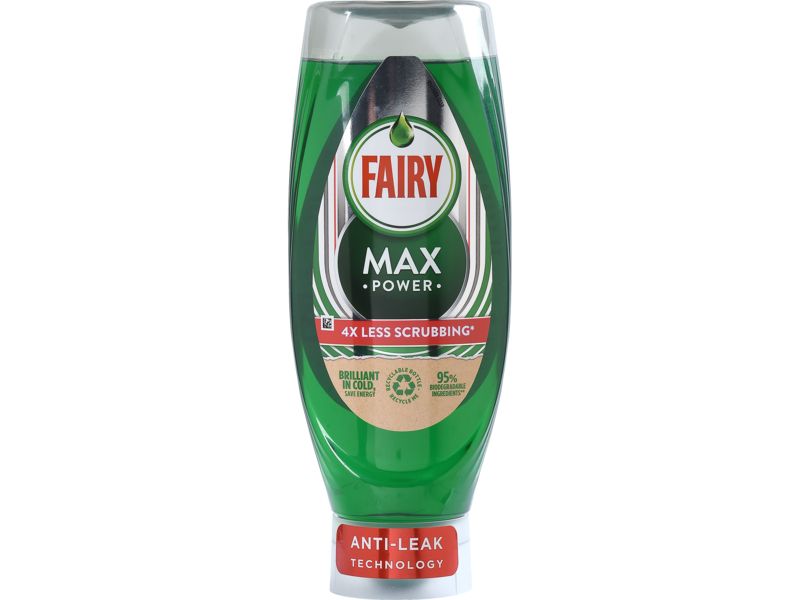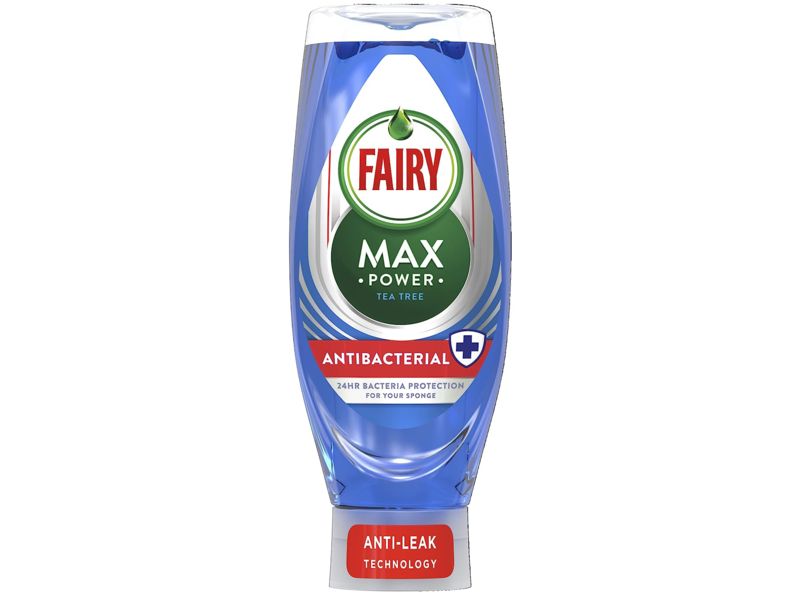How we test washing-up liquid

We've been testing washing-up liquid since 1959. The resulting reviews answer the most important questions, including:
- How well does it remove fat?
- How long does the foam last?
- How well does it tackle tough, baked-on grease?
Brands regularly reformulate their products, so we test them annually. We also check up on the sustainability claims of each washing-up liquid.
Find out more about how Which? tests washing-up liquids, including big brands like Fairy and Ecover, below.
Watch: 5 surprising uses for washing-up liquid
How well does the washing-up liquid remove fat?
Removing fat from dirty dishes is the most important part of our test. We count the number of plates a bowl of washing-up liquid can wash before we start to see fat residue left behind on the plates.
Products that wash more plates will last longer, cutting down on the times you need to change the water when dealing with dirty dishes.
To score washing-up liquids on fat removal, we pour a total of 1.2kg of animal fat onto 742 plates. We then count the number of plates that each liquid cleans, until the fat begins to be re-deposited, to reveal the best washing-up liquids.
We carry out our washing-up liquid tests at 45°C – and more recently at 30°C, too – to see whether washing-up liquid performs as well at a lower temperature.
How long does the foam last?
We measure how long the foam lasts, because most of us empty the bowl once the foam runs out. This can be a waste of washing-up liquid, as losing the foam doesn't necessarily mean that the liquid isn't capable of cleaning any more dishes.
Washing-up liquids have multiple active ingredients, including surfactants, detergents, hydrotropes and antibacterial chemicals. Surfactants lift grease and dirt, and are also involved in generating foam. So when the bubbles have gone, the surfactants have too. The detergents and antibacterial chemicals will still be active, so you can carry on cleaning without the foam, but the washing-up liquid won't perform as well.
In our foam-duration test, we smear 759 plates with different foods, including beef tallow, margarine, lard and flour. We count the number of plates that each liquid cleans before the foam disappears.
How well does the washing-up liquid fight tough, baked-on grease?
Our current washing-up liquid tests are the toughest yet, with tests including a ‘tough-grease’ removal test. Baked-on fat is the most difficult foodstuff to wash off by hand, according to 61% of Which? members we surveyed.
Our tough-grease test simulates cleaning leftover fat from grilling meat or roasting potatoes off metal cookware.
What is its environmental impact?
We now examine the eco-credentials of each washing-up liquid that we test, so that you can make a more informed buying decision.
We look into the ingredients used in washing-up liquid and what their environmental impact is, including whether they are biodegradable, harmful to aquatic life or persistent (whether they are likely to accumulate and linger in waterways).
We consider how transparent manufacturers are being about the ingredients they use.
We also take into account how easy the packaging is to recycle and how much information about recyclability is given on the packaging. We also check whether the packaging itself is made from recycled materials and/or whether it's refillable, as well as packaging utilisation (whether the packaging is under-filled).
Find out just how sustainable green brands like Ecover, Smol, Method and Bio-D really are. You can also sign up for our free monthly Sustainability newsletter.
Should I buy it?
All the tests outlined above contribute to the overall test score that we award each product. The higher the score, the better the washing-up liquid performed in our tests.
Certain parts of the test are more important than others, and so carry different weightings. We think a washing-up liquid's most important job is to bust fat from plates, so a large proportion of our total test score is based on this. Our overall ratings ignore the price and are based on:
- 70% fat removal
- 10% foam duration
- 10% tough-grease removal
- 10% sustainability
A washing-up liquid needs to earn 79% in our rigorous tests to become a Best Buy. Those with less than 45% become a Don't Buy.
For more ways to keep your household running smoothly, sign up for our Home newsletter – it's free monthly



